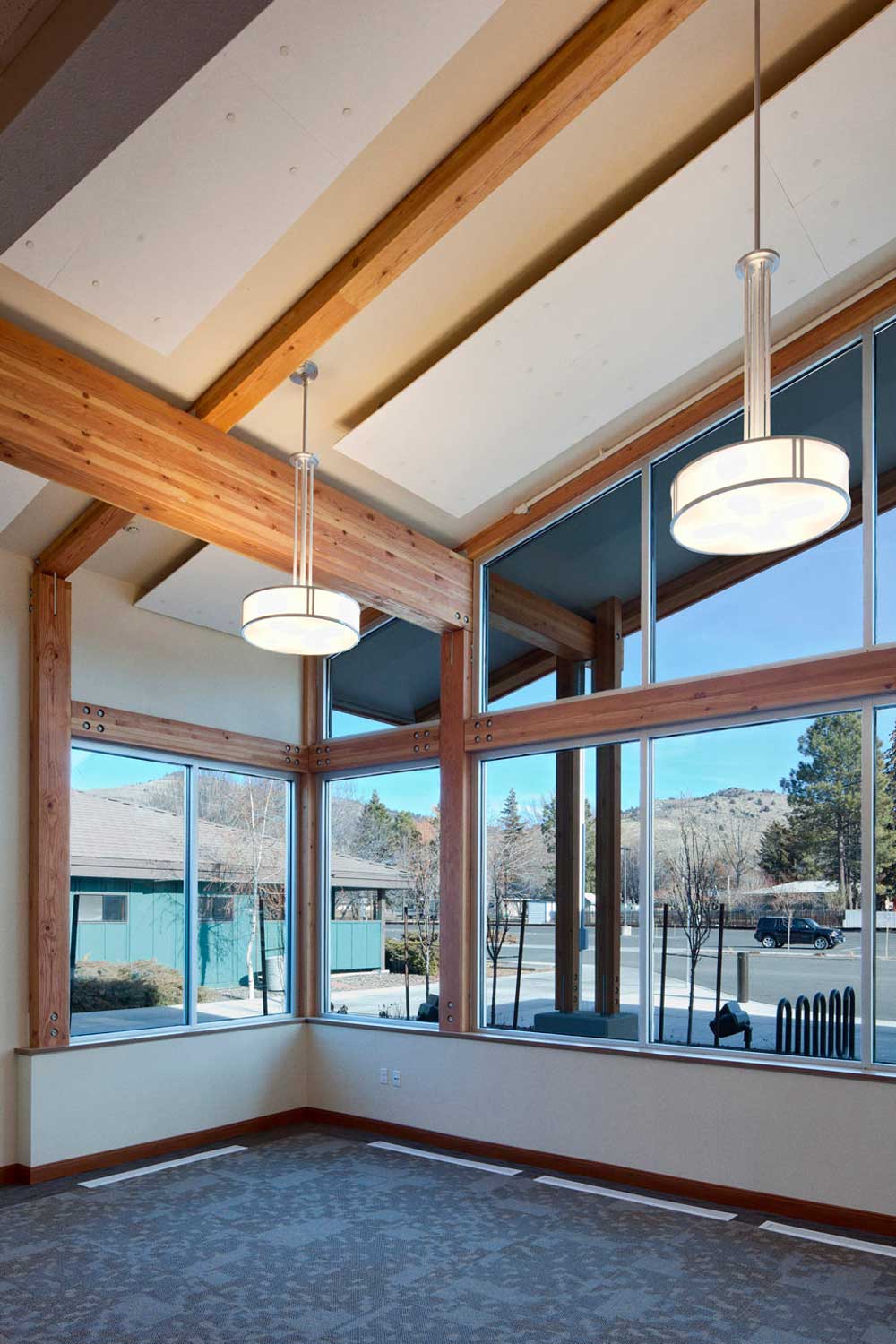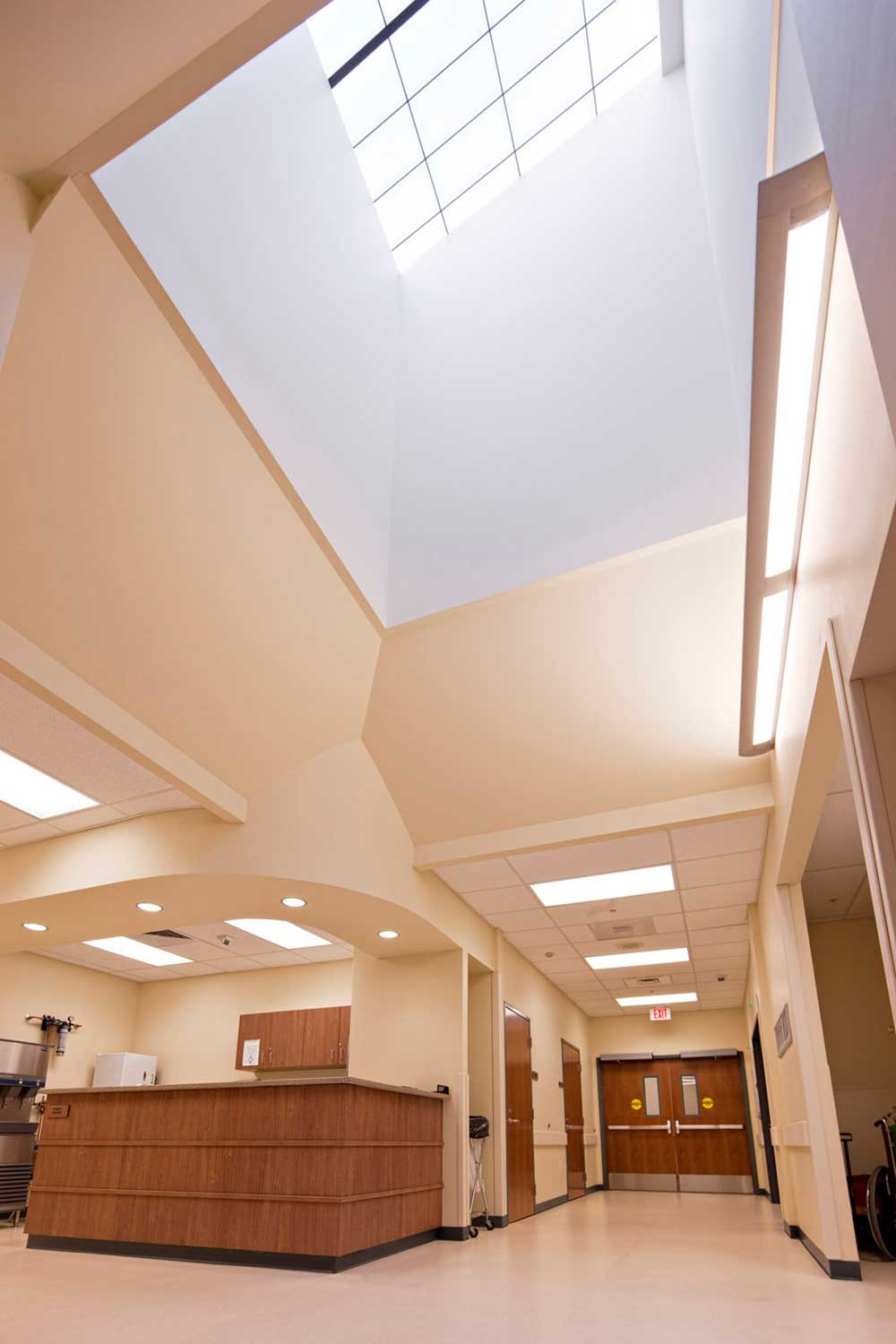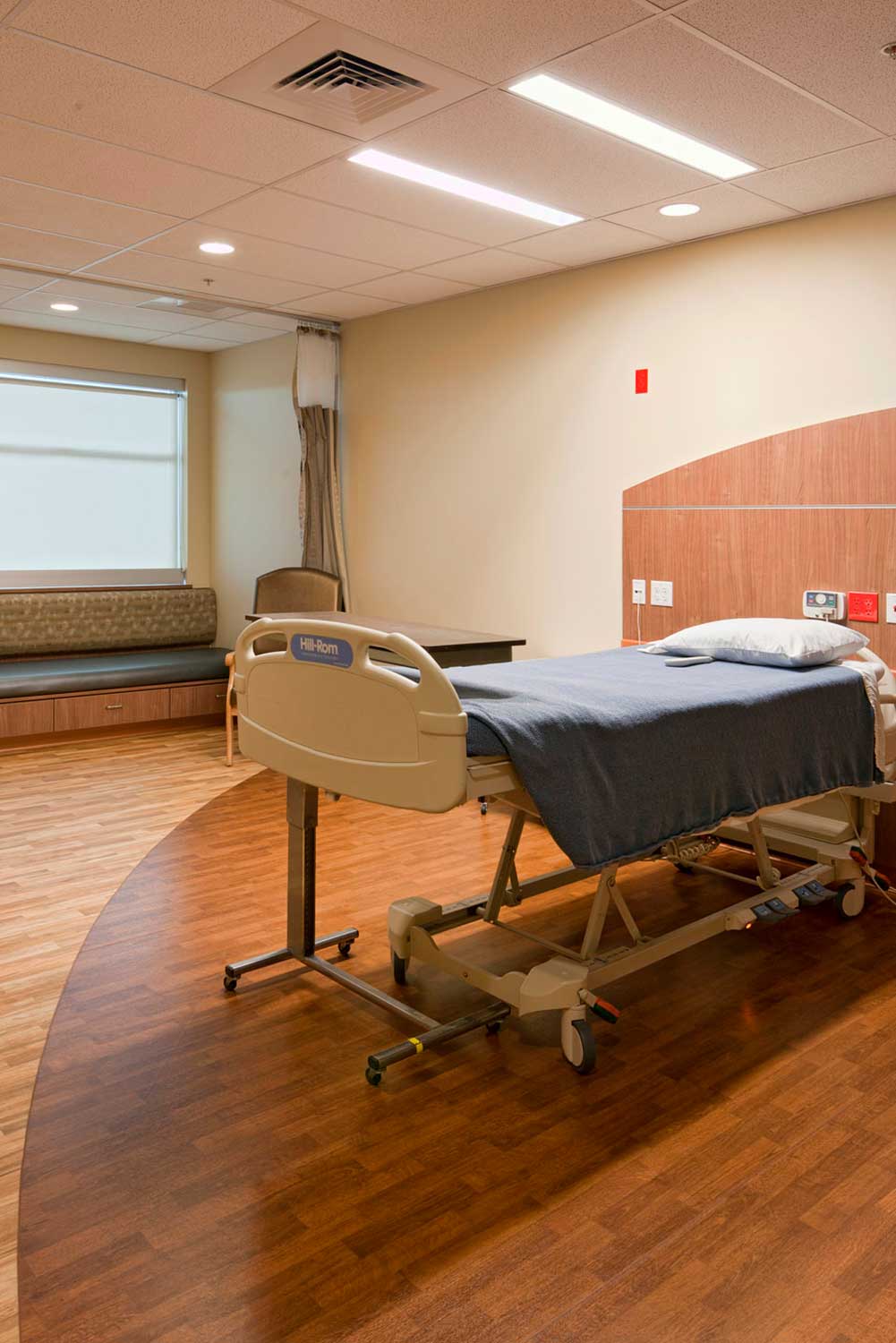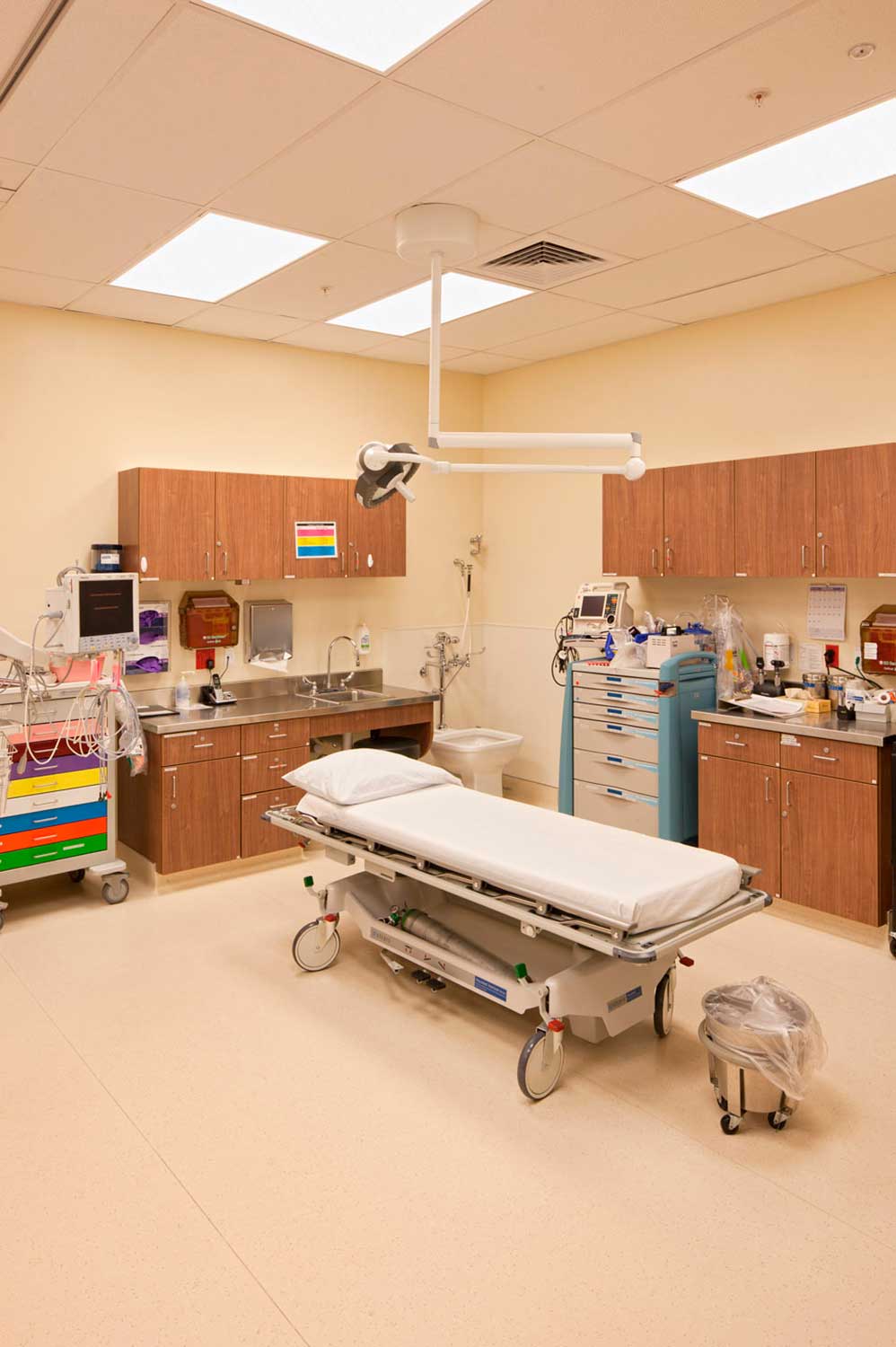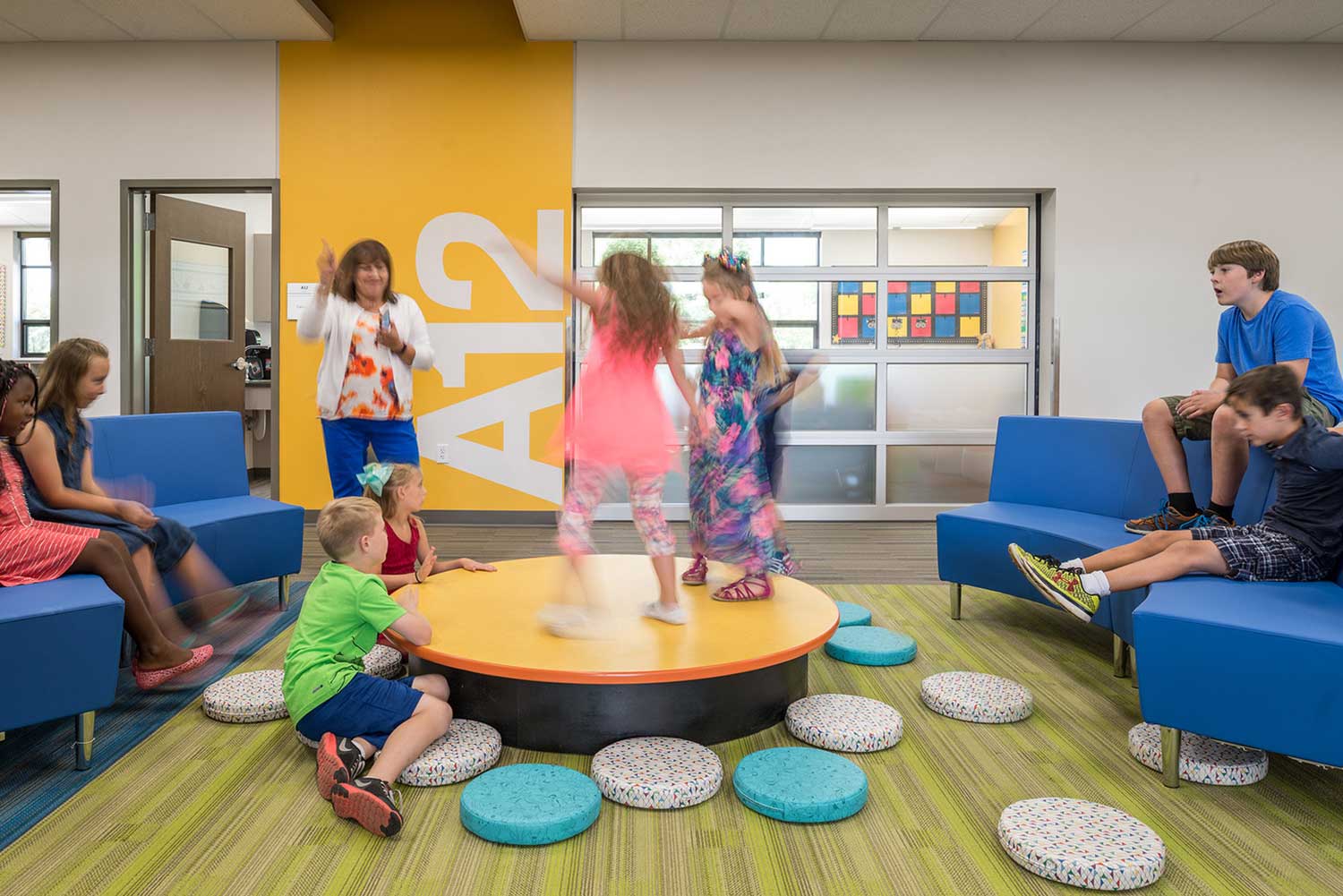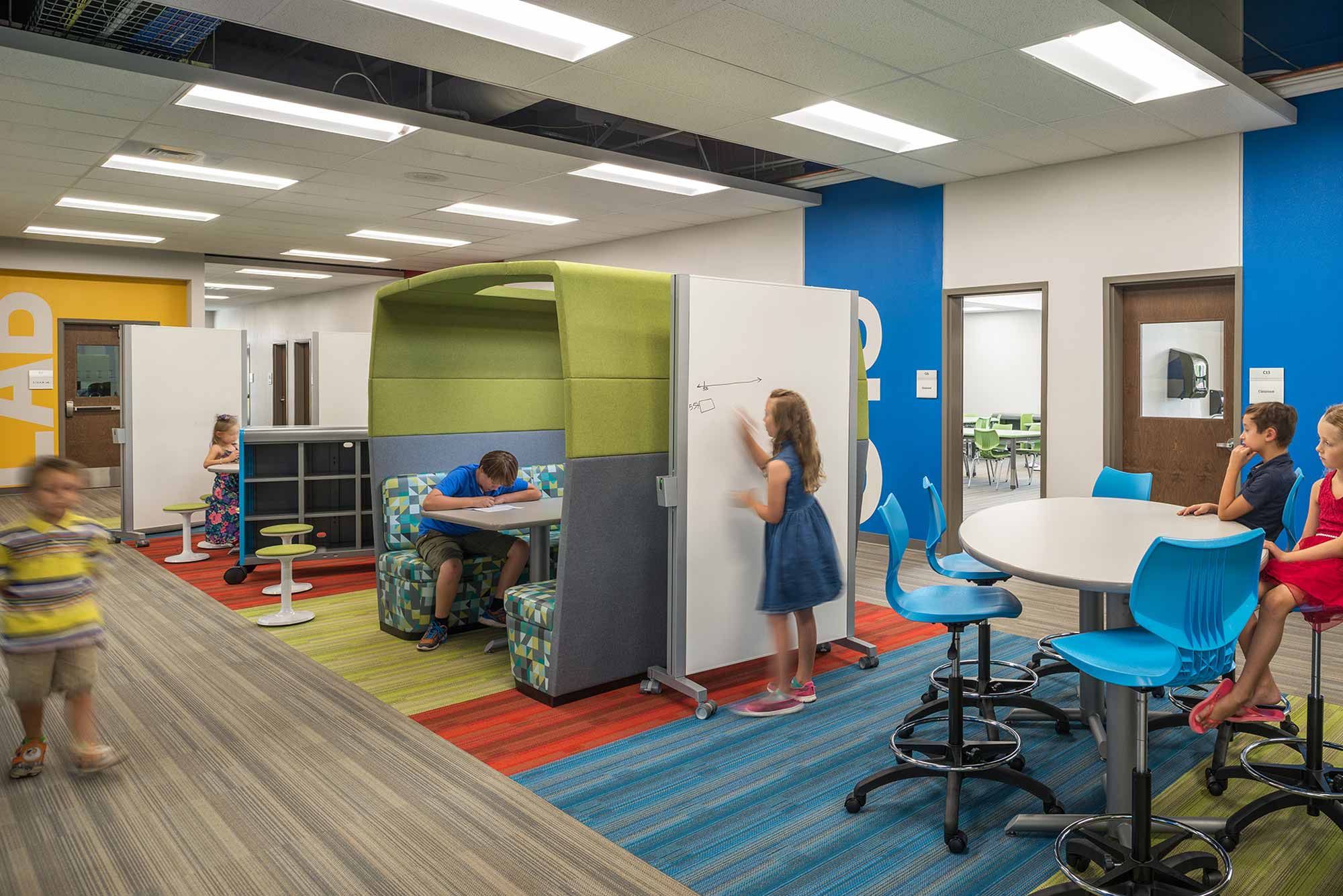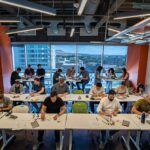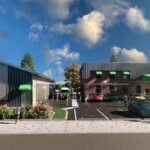Behind the Design: Tracy Baker, Architect and Boise Healthcare Studio Lead
Pull back the curtain and get to know the people behind the design. The solutions we develop for clients and communities are brought to you by passionate individuals devoted to delivering better built environments — places that support healthy, productive, sustainable ways of living.
Our next #PeoplePassions blog post features Tracy Baker, an architect, healthcare studio lead, mentor, team-bonding enthusiast, proponent of alternative transportation, cyclist, and fan of the pub crawl.
What is your personal design philosophy?
As a project architect and studio lead, my design philosophy is centered on the importance of bringing together the best team to realize a client’s vision. With each project, my goal is to recognize, leverage, and empower individual design strengths and passions. With the right team in place, we can help a client conceptualize their vision, as well as innovate and problem-solve along the way.
With a skilled, creative team, we can dig deep into what a building or facility is meant to do for the occupants and accomplish for the client. Those big goals become our touchstones for the project, and at every step of the way, I help the team circle back to those goals and ensure we’re meeting them. There’s always the question in my head: “Does this meet the client’s vision and needs?” I don’t often think in terms of: “This project’s so cool; it’s going to win an award.” For me, the most important thing is meeting our client’s expectations.
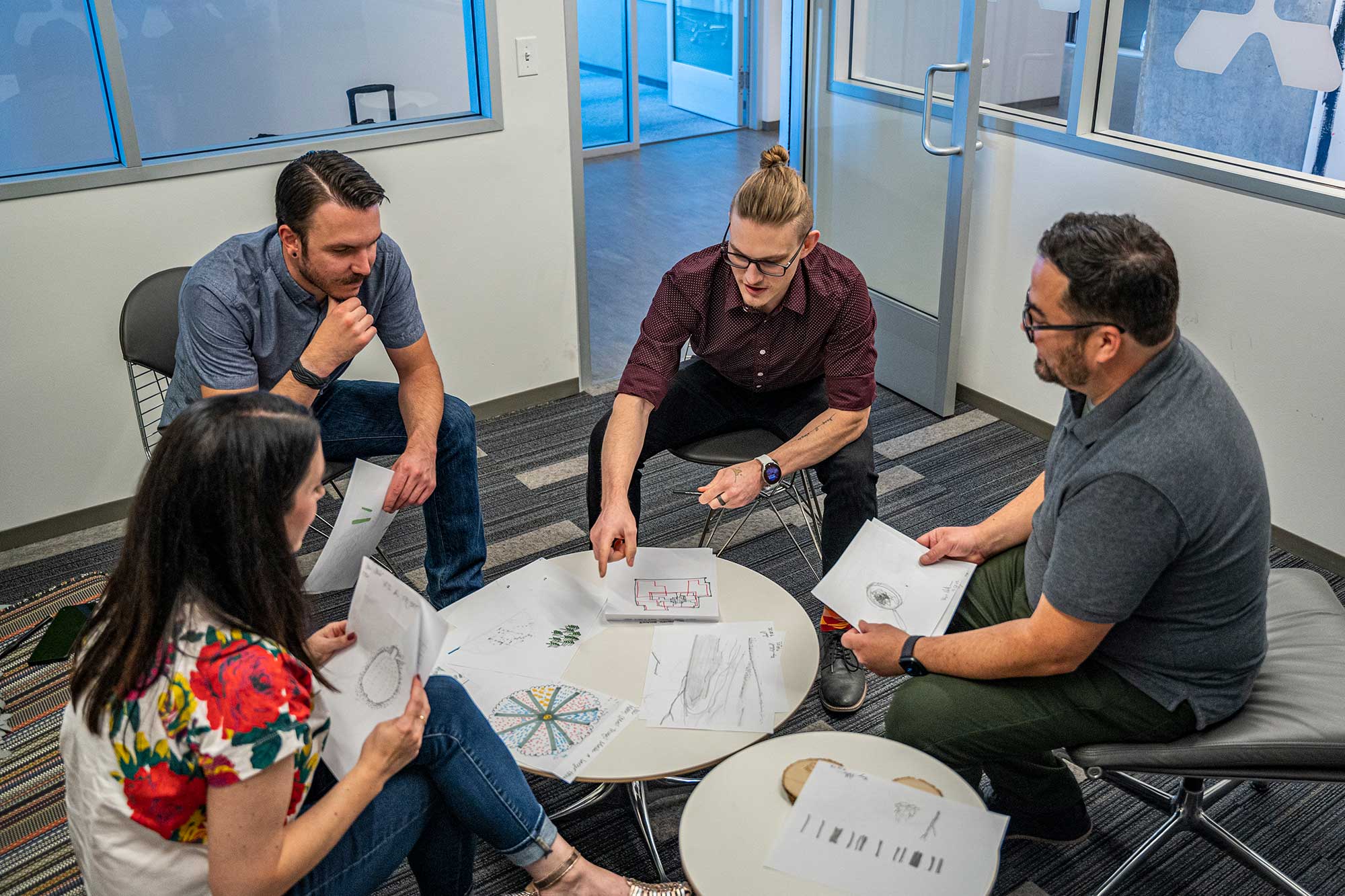
The fun part of each project is building an incredibly talented team that is invested in the work and dedicated not only to a successful project, but also to a great experience for the team, our partners, and the client. I love the whole coordination part, bringing the experts to the table, and the collaboration that ensues. I want to make sure each team member is excited about an aspect of the project they’re responsible for and is thinking: “This looks like a cool project; I can’t wait to see all it entails.”
What are the biggest influences behind your design philosophy?
Happy clients, of course, but also the opportunity to make a difference in communities through design. This became really apparent to me when I was introduced to work in the healthcare market; in particular critical access hospital projects in smaller communities. Working with these clients can feel so different from a business or developer client, for example. For critical access hospitals, it’s all about people doing everything they can with limited funding and in what may be older facilities. Helping these clients best serve their communities is the ultimate goal.
When we conduct user engagement meetings at the beginning of a project, we often hear people say, “Well, we’ve never had anything super nice before,” or “I don’t know if we can afford it, but it would be really cool if we had (such and such).” Everything is in the context of, “Can we afford it?” So designing to their needs while also helping clients realize that — through smart design decisions — they can have the things they want is really rewarding. And then, when you circle back and visit with them after they’ve moved into their space and see how excited they are and how excited the community is — well, that’s really the driver for me.
Tell us about one of your favorite projects.
I have many, but two immediately come to mind — one is a hospital, and one is a school.
The Lake District Hospital in Lakeview, Oregon, is a remote, critical access hospital that was in need of substantial upgrades. Thus, the scope of work was a whole-facility, state-of-the-art remodel with addition. The goal was to accomplish as much as we could, while being very cost conscious for this community-focused, fiscally responsible healthcare client.
Interestingly enough, I found out I had a personal connection with the project. My brother-in-law worked for the Bureau of Land Management and was trapped in a forest fire — he had smoke inhalation and burns and was transferred to the nearest hospital, which was Lake District Hospital before the remodel. He described the intensive care unit as basically an open bay of six beds, nothing like you’d find in big cities. Seeing the remodeled facility, emergency room, and area where my brother-in-law would be treated now — I know it’s a much different experience! Understanding the impact we were able to have from a patient perspective was really rewarding.
The remodel focused on creating daylit, spacious areas to welcome patients as well as comfortable, private patient rooms and high-tech, advanced treatment and emergency care rooms. The design incorporated sustainable practices such as daylighting, occupant sensors for lights, recycled and low-VOC content in materials, increased boiler system efficiency, an air-to-air heat exchanger, and geothermal energy.
My other favorite project is a private school, the St. Ignatius Catholic School in Meridian, Idaho, which is preschool through eighth grade, so all the kiddos. The Catholic Diocese, they fundraise and fundraise and fundraise, and then they have concepts for what they want the school to be like. This was a ground-up project — an addition in the Treasure Valley that would pull from the nearby neighborhoods — and it really ended up being a flagship school for the Diocese. It turned out beautiful. At first, they were considering building only half of it, and ultimately decided to build the whole thing. They weren’t sure if they would fill it, but by the time they got occupancy for the school, they had a waitlist to get in. The ribbon cutting day was so fun with families and kids running all over the place — just the vibrancy, the color, and new life. We also did a follow-up post occupancy evaluation for this project and it was great to hear from the students and staff who shared their favorite aspects of the school.
Hospitals and healthcare facilities are different sort of spaces. You feel the gratitude and feel good about helping people who are in need — patients who need a healing space. With schools, you’re designing for the hope of the future. Creating those different, yet complimentary, types of environments — those are two of my favorite experiences so far.
Our CT team provided educational planning and design services for St. Ignatius Catholic School. The design focused on flexibility, agility, and adaptability. The building can be easily subdivided into small learning communities — supporting safety, functionality, and acoustics. The school is site- and climate-responsive, placing a priority on natural daylight, energy-efficiency, the creation of healthy spaces for learning and teaching, and the reduction of life-cycle costs.
Describe an example of when your personal and professional passions have intersected for the greater good or to achieve an aspirational goal.
Growing up, my dad was in the military, so we moved around a lot. When I meet people who say things such as, “This is my hometown, I grew up here, I used to have a paper route over there, and I know Mrs. So and So” — it’s very different from my own experience. Where I’ve found that same community is through my work. And when I was a kid, I would try to find that in my school, whichever school I happened to be in at the time.
For me, it’s about the group experience. I like groups of people making things, accomplishing something, having fun together. Even though I was always the new kid, I never wanted to be the loner. I could always fit in with many different groups of people. I like all the experiences and perspectives. So, it’s really about the team to me. That’s probably the biggest thing that resonates with me about Cushing Terrell and the work I do, it’s the team aspect. And I love exposing younger staff to that idea as well. Especially newer team members right out of school. In school, you tend to be hyper focused on your capstone project — it’s all about you and how you’ve created this thing and now you must reveal it to the world. I love helping people see that very rarely is the whole room just going to stare at you and ask, “What’s the answer?” Instead, you’ll be part of a team, and we all contribute to the end goals and get to be part of something bigger than ourselves.
I really enjoy mentoring younger staff, helping them learn how to work with others and effectively collaborate on something together. Simple things such as nudging them to pick up the phone or talk to someone in person instead of sending a Jabber chat. How we communicate with people is really important. And younger team members can be nervous about it, so getting them out there and helping them make connections and feel that sense of teamwork comes directly from my own experiences growing up.
Of the many hats you wear — architect, Boise healthcare studio lead, mentor, project manager — you’re also the Employee Transportation Coordinator for the Boise office. What does this entail?
In this role, I bring another one of my personal passions to the job: alternative transportation. I work to connect our team members with transportation alternatives to driving alone, and I manage our bus pass and bike share programs. My favorite part of this responsibility is coordinating Cushing Terrell’s participation in the Ada County Highway District’s May in Motion campaign. May in Motion is an annual event in which businesses rally their employees and receive recognition for their commitment to smarter commuting. We go all out and get really creative with activities that include our famous slow bike race, boxcar race, office stair climbs and relay races, trivia, commuter breakfasts, ice cream socials, and the Mayor’s bike ride. Cruise through our @teamcushingterrell Instagram for some of the highlights. We’ve had some epic times since we launched the program in 2006!

Cushing Terrell team members, including myself second from the right, posing with former Mayor Dave Bieter, during the Bike Ride with the Mayor event for May in Motion.
A little more about Tracy…
An architect in Cushing Terrell’s Boise office, Tracy Baker primarily works in the firm’s healthcare market and serves as the healthcare studio lead for the region. She enjoys both the complexity of healthcare projects and the opportunity to positively impact the human experience. Additionally, her experience includes education projects — another incredibly rewarding market to work in, she says, and an area in which “we’re continually inspired by our clients and the potential of future generations.”
She says her role as a healthcare studio lead and supervisor is one of the most rewarding aspects of her job. She enjoys mentoring younger staff, helping them identify their strengths, and connecting them to opportunities in our firm to keep them engaged and feeling valued. She believes relationship building, collaboration, and empowering others — whether team members or clients — are key to successful projects.




